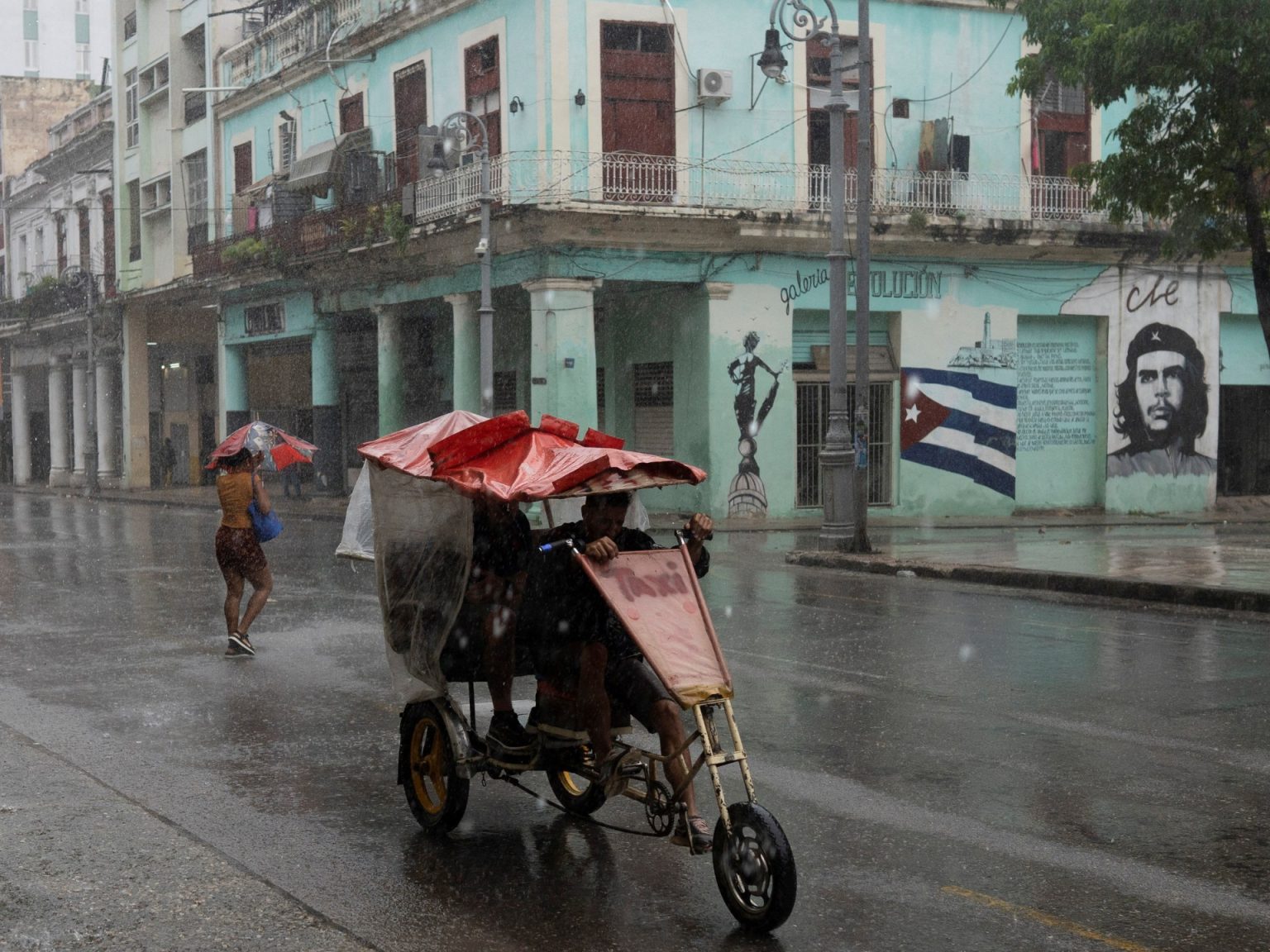Authorities in Cuba are slowly restoring electricity to the eastern half of the island after Hurricane Rafael knocked out the entire country’s power grid. The storm, with winds reaching 185 km/h, left ten million people in the dark as it tore through the island, causing damage to homes, trees, and telephone poles. The Energy and Mines Ministry reported progress in restoring power in the eastern and central parts of Cuba but warned that it would take longer in the hardest-hit western areas. Havana, home to two million people, remained without power late on Thursday.
After passing through Cuba, Rafael entered the Gulf of Mexico, losing intensity but still posing a threat with its maximum sustained winds of 185km/h. The storm brought life-threatening storm surges, winds, and flash floods to a nation vulnerable to bad weather due to its older, poorly maintained housing and public infrastructure. Residents of Havana emerged to find streets relatively dry after the storm, which cut through the island west of the city, affecting the tobacco-growing region in Artemisa and Pinar del Rio provinces.
Farmers in the affected area took precautions to protect stored tobacco leaves and ripening fruits and vegetables, according to Agriculture Minister Ydael Perez Brito. In Havana, most businesses and schools were closed, and transport services slowly resumed operation. Flights at Havana’s international airport and Varadero were grounded, while some residents faced devastation as buildings collapsed due to lack of maintenance. President Miguel Diaz-Canel’s office mobilized the military to respond to the storm, expressing confidence in overcoming the situation as the communist government faced challenges in providing essential services.
Many Cubans expressed a sense of deja vu and lacked confidence in the government’s ability to address the aftermath of the storm due to economic constraints and limited resources. The country had recently experienced a power outage caused by aging power stations and was hit by Hurricane Oscar, causing significant destruction and loss of life. The island grappled with a nationwide blackout for four days, highlighting the vulnerability of its infrastructure to natural disasters like hurricanes.
Hurricane Rafael is the 17th named storm of the season and the eighth major hurricane of Category 3 or stronger to form in November in the past six decades. The US National Oceanic and Atmospheric Administration predicted an above-average hurricane season, with 17 to 25 named storms, up to 13 hurricanes, and four major hurricanes. This season saw 11 hurricanes, with five becoming major Category 3 storms. The forecast reflected an increase in extreme weather events, posing challenges for nations like Cuba that are prone to hurricanes and have limited resources to address their impact.
As Cuba works to restore power and recover from the devastation caused by Hurricane Rafael, the government faces challenges in providing essential services to its population. Despite efforts to mobilize resources and respond to the storm’s aftermath, residents express concerns about their future and basic needs being met, given past experiences of power outages and natural disasters. The country’s vulnerability to hurricanes underscores the importance of investing in infrastructure resilience and emergency preparedness to mitigate the impact of extreme weather events on the population and economy.













